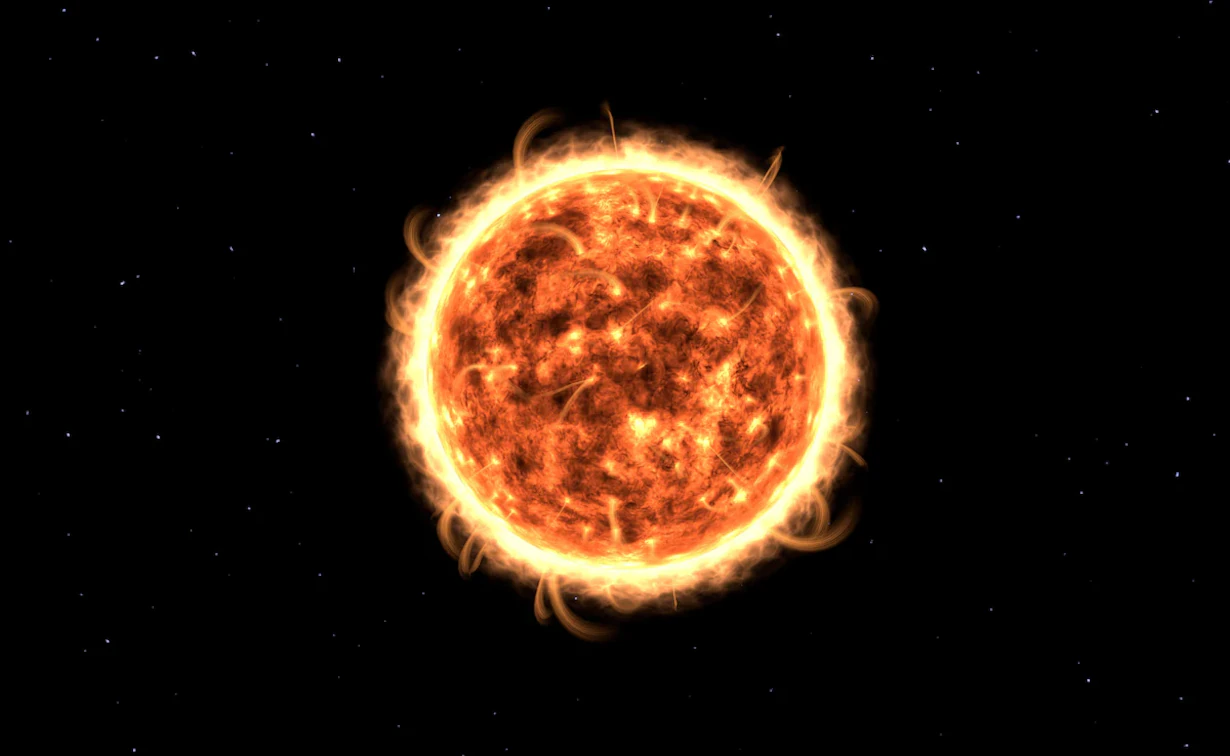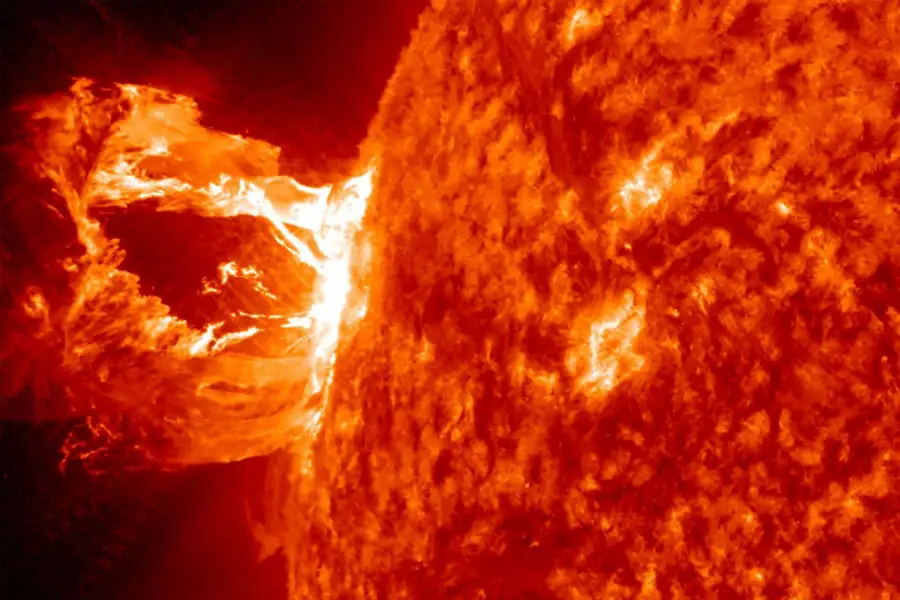As we approach November 30, NASA and weather experts are sounding an alarm about an impending solar storm, triggered by a recent coronal mass ejection (CME). The solar flare, rated G2 class, erupted on Sunday, causing a 15-hour spectacle. While the previous storm was massive, the upcoming one is expected to be on a smaller scale, primarily skirting Earth.
According to space weather specialist Dr. Tamitha Skov, the solar storm might cause minor disruptions to radio and GPS signals, especially near the poles. Despite the expected inconveniences, the impact is forecasted to be minimal, given that the majority of the flare is projected to bypass Earth without direct contact.
Potential Impacts and Concerns
Solar storms, when significant, can disrupt communication systems, leading to temporary radio, GPS signal blackouts, and even internet outages. However, the upcoming event is anticipated to bring only minor inconveniences, lasting a few hours. While solar flares of high energy can pose radiation risks, Earth’s atmosphere typically protects humans from harm.
The National Oceanic and Atmospheric Administration (NOAA) issued a geomagnetic storm watch alert for December 1, signaling potential disruptions to radio and GPS signals. Referred to as “cannibal CMEs,” the solar storm is expected to strike on November 30 night, concluding by December 1 morning. The storm follows a powerful M9.8-class solar flare on November 29, ejecting a coronal mass ejection (CME) towards Earth.

Understanding Coronal Mass Ejection
A coronal mass ejection involves waves emitted from the sun carrying highly charged ions capable of damaging satellites and communication systems on Earth. These ejections have the potential to impact Earth’s magnetosphere and create vivid auroras in the nighttime sky. NASA’s findings suggest a 15-hour-long G2-class solar flare may be visible during the solar storm.
Spaceweather.com reported, “Three and perhaps four CMEs are heading for Earth following a series of explosions on the sun this week. Estimated time of arrival: Nov. 30th and Dec. 1st. The biggest of the CMEs, launched on Nov. 28th, could sweep up some of the earlier, lesser ones, forming a Cannibal CME capable of sparking strong G3-class geomagnetic storms with mid-latitude auroras.”
Concerns About Rare Solar Storms
Recent solar activity, including a cluster of sunspots 15 times the size of Earth, has sparked concerns about a once-a-century solar storm. Such an event, if powerful enough, could penetrate Earth’s protective layers, posing a potential threat to infrastructure. The unpredictability of these storms raises questions about the resilience of our electrical, communication, and satellite systems, as technology dependence has surged in recent decades.
As we approach November 30, the world watches the skies, anticipating the dance of auroras and hoping for a minimal impact from this cosmic spectacle. Stay tuned for updates and prepare for potential minor disruptions to radio and GPS signals as Earth braces for the celestial show.
For more updates on Science/Technology/Gadgets check out the link

